Continuation From the Movie of the Power Rangers Season 1 Ninga Kids
Many kids grew up with the Power Rangers franchise, arguing on the playground over who got to be which ranger and why. But by the time Power Rangers made its presence known in the US, Super Sentai had already been going strong in Japan for years. While the first season ofMighty Morphin Power Rangers aired in 1993, the first Super Sentai show debuted in 1975.
While the franchise has had its share of highs and lows and certainly isn't as popular as it once was, even now there's a new series airing in Japan, following in the footsteps of dozens that came before. For as many American fans who grew up with Power Rangers, a few more generations of Japanese fans grew up with Super Sentai.Nostalgia is a powerful force, and the hero team franchise has proven surprisingly tenacious.
46/46 Himitsu Sentai Gorenger (1975-1977)
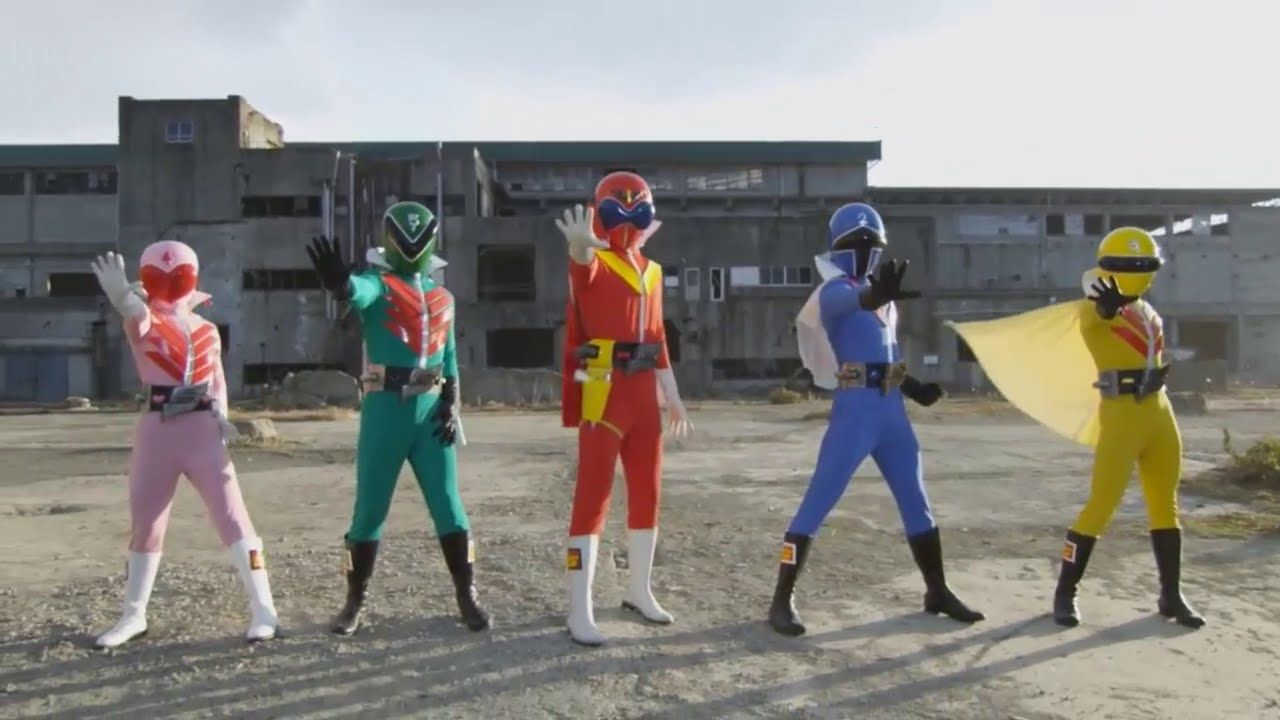
Himitsu Sentai Gorenger was the first Super Sentai tokusatsu series ever to air. Gorenger remains the longest, too, clocking in at 84 episodes. At this time,Super Sentai was not yet an established brand, but the series was embraced by the franchise decades later in 1995.
45/46 J.A.K.Q. Dengekitai (1977)
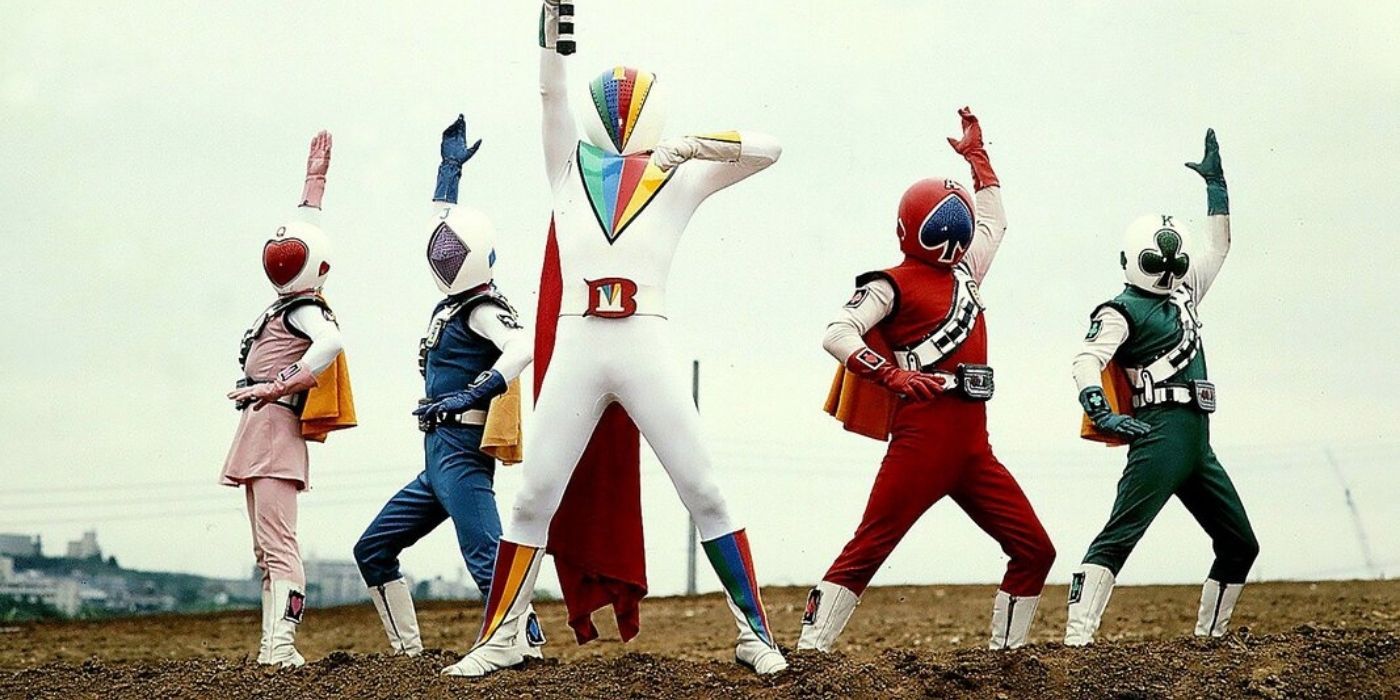
While almost every Super Sentai team begins with either three or five members,J.A.K.Q. Dengekitai featured only four, with a fifth member appearing later in the series. The title's initials referred to the character nicknames: Jack, Ace, King, and Queen, taken from playing cards.
44/46 Battle Fever J (1979-1980)
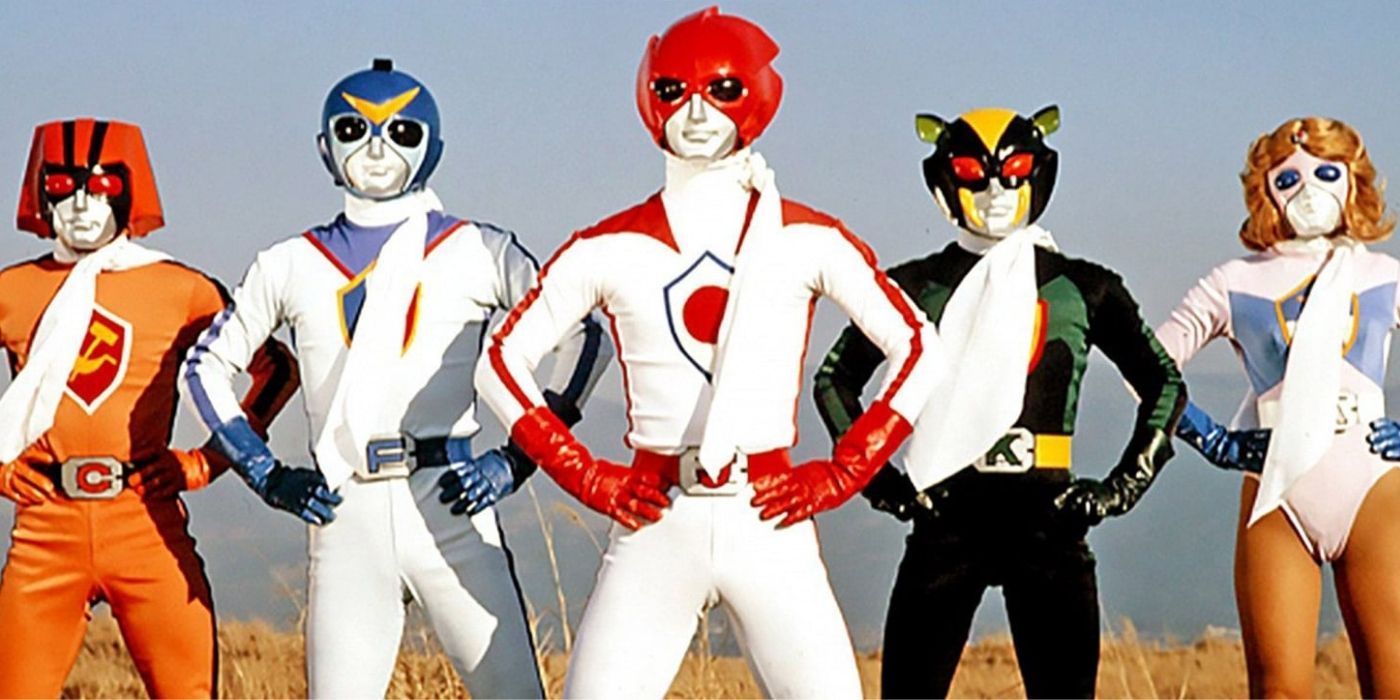
It may come as a surprise to some that the third Super Sentai series, Battle Fever J, was a collaborative effort between Toei Animation and Marvel. Shortly before Battle Fever J, Toei and Marvel co-produced aSpider-Man series that followed a robots-fighting-monsters format.
43/46 Denshi Sentai Denziman (1980-1981)
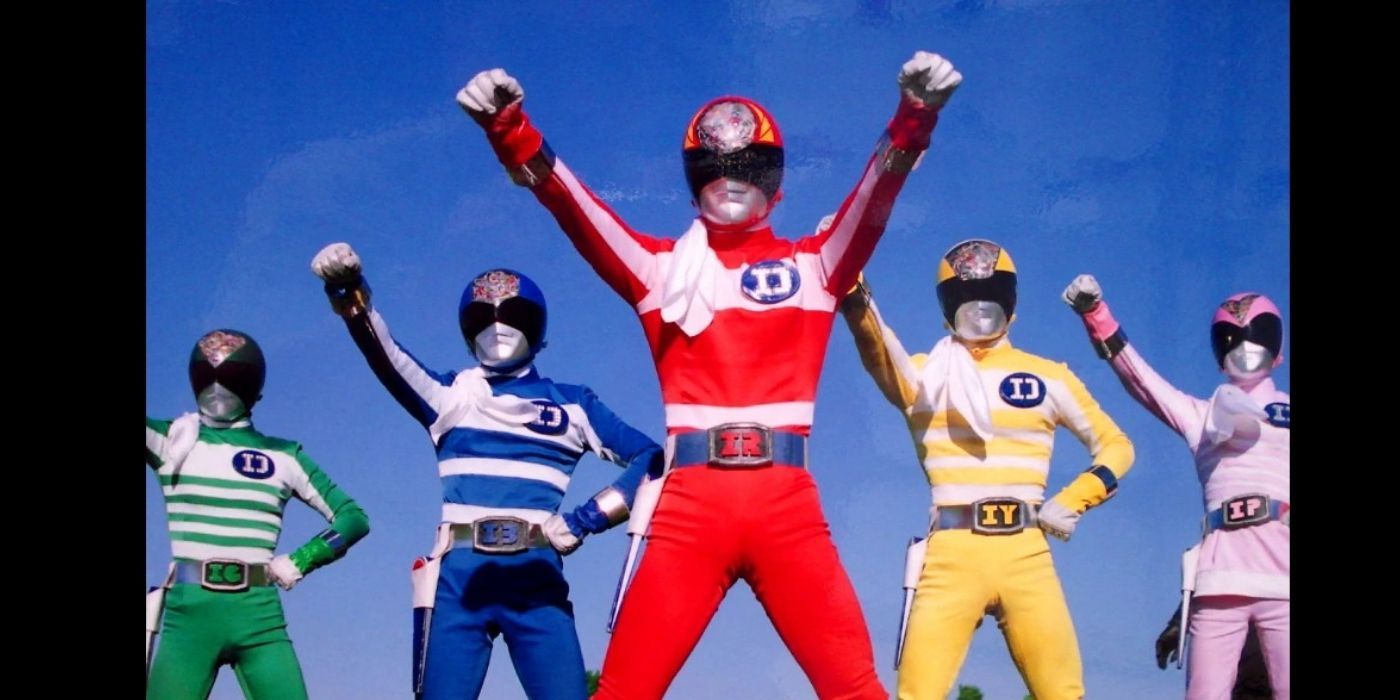
InDenshi Sentai Denziman, the rangers learn they are descended from Denzi, an alien race that became stranded on earth after losing to the Vader Clan. Denziman did extremely well in ratings, coming second only to Gorengerin theSuper Sentaicanon.
42/46 Taiyo Sentai Sun Vulcan (1981-1982)
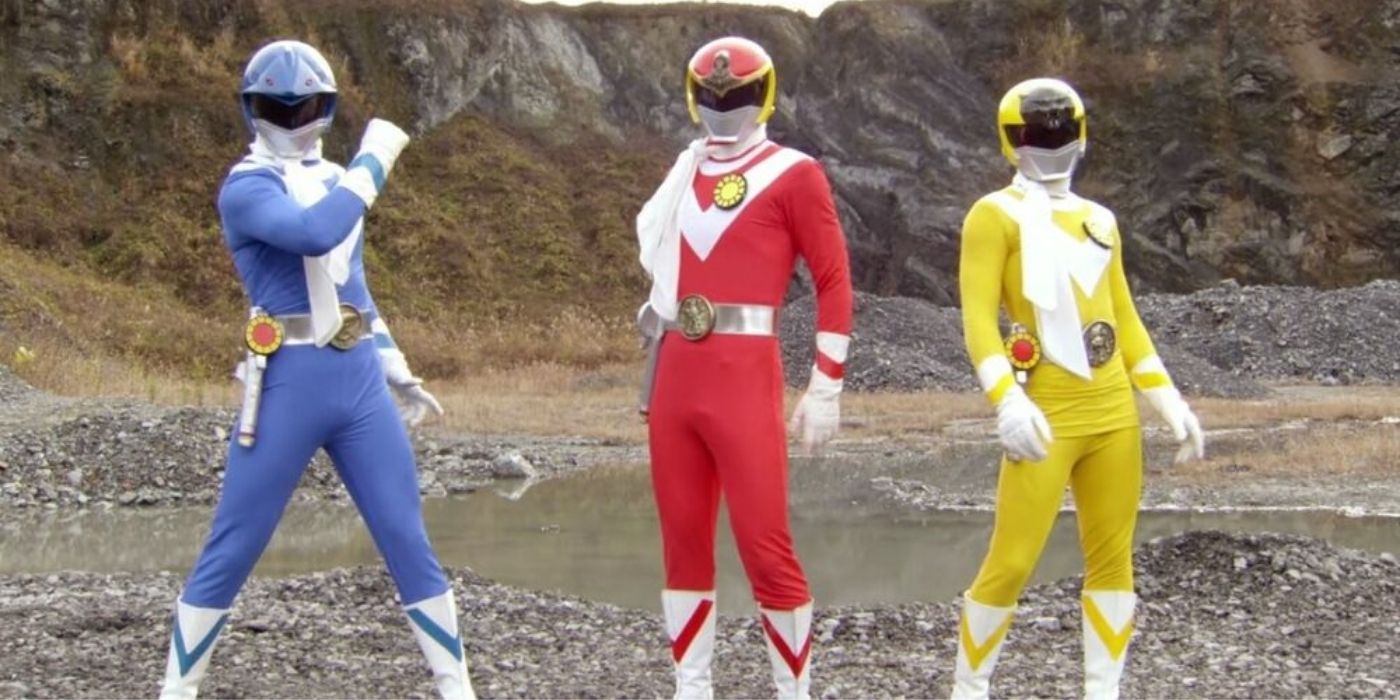
Taiyo Sentai Sun Vulcan serves as a sequel toDenshi Sentai Denziman and is the only Super Sentai sequel series to date. It was the first show to feature rangers associated with elemental themes: air, land, and water, and was also the only series to feature only male rangers.
41/46 Dai Sentai Goggle-V (1982-1983)
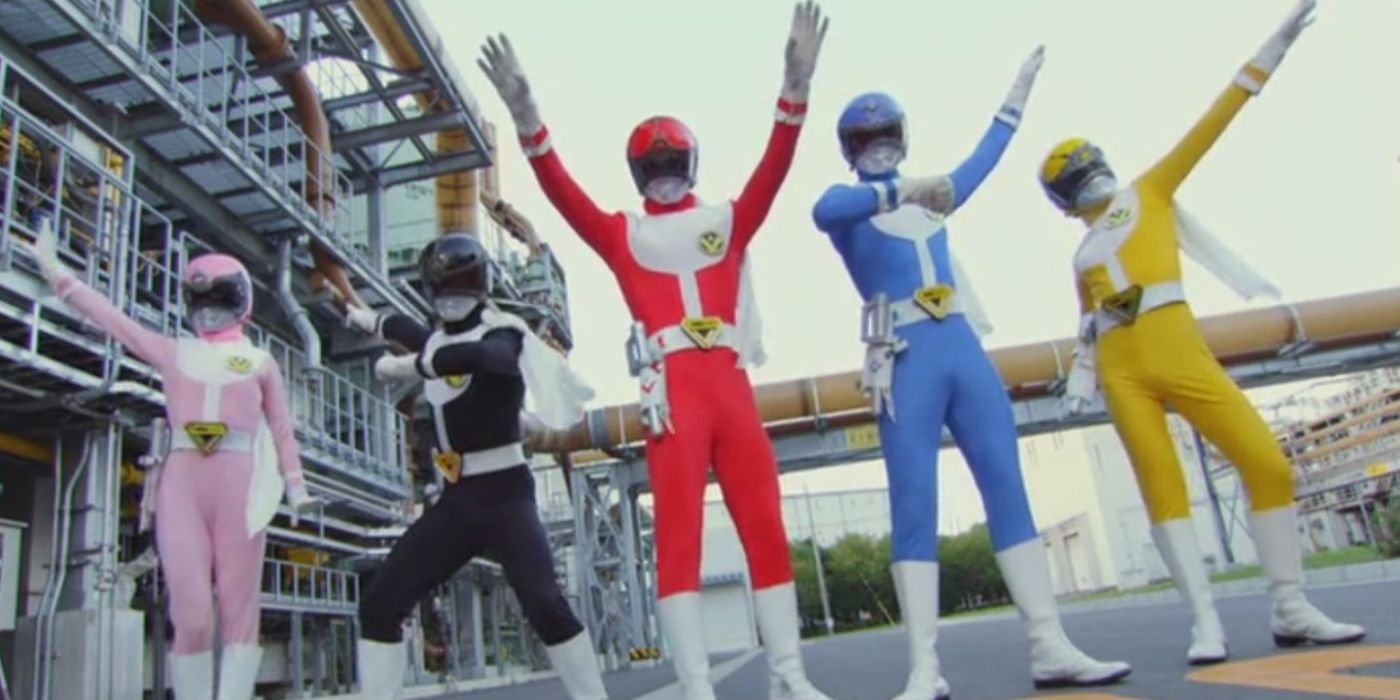
Dai Sentai Goggle Vmarked the end of a Super Sentai era -- it was the last show to incorporate neck scarves into the costumes.
40/46 Kagaku Sentai Dynaman (1983-1984)
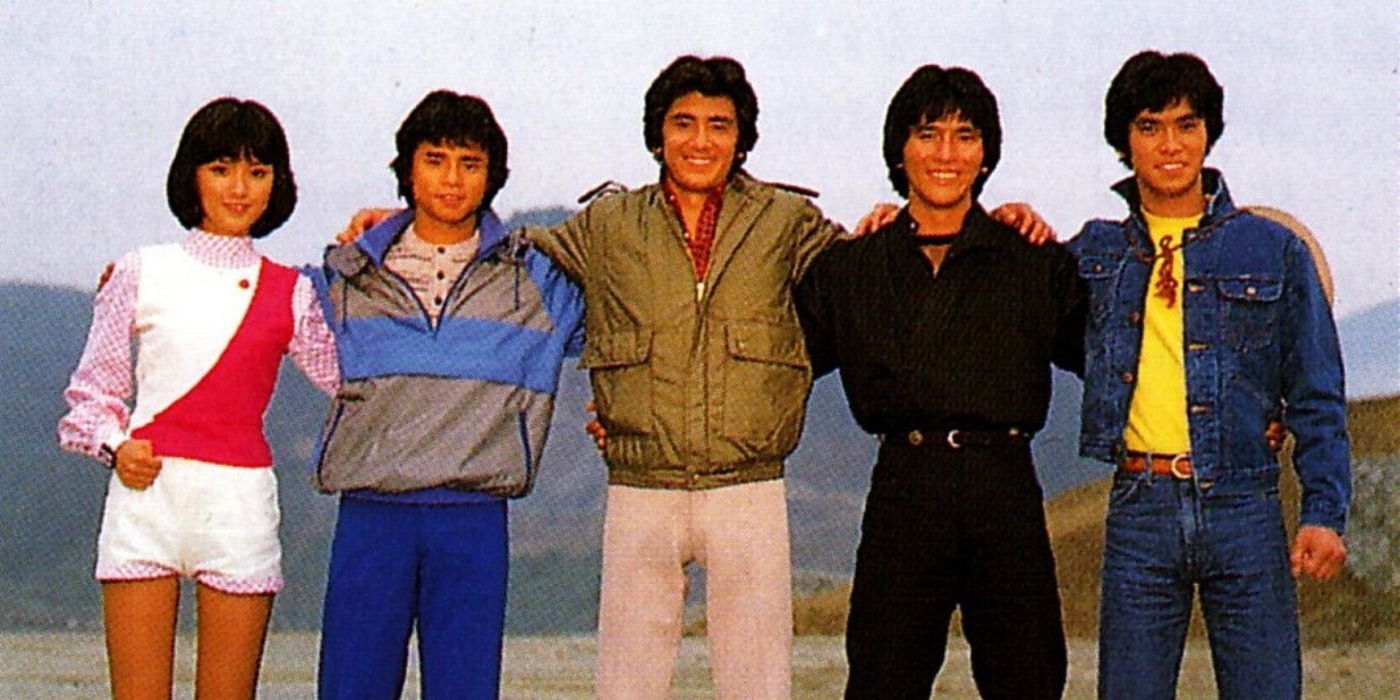
Kagaku Sentai Dynamanwas originally slated to be a baseball-themed sentai series but ended up leaning toward the more traditional "science" themed storytelling.
Perhaps the first Super Sentai to make waves in the US, six episodes of the series received a parody dub, airing on USA Network under the name ofDynaman.
39/46 Choudenshi Bioman (1984-1985)
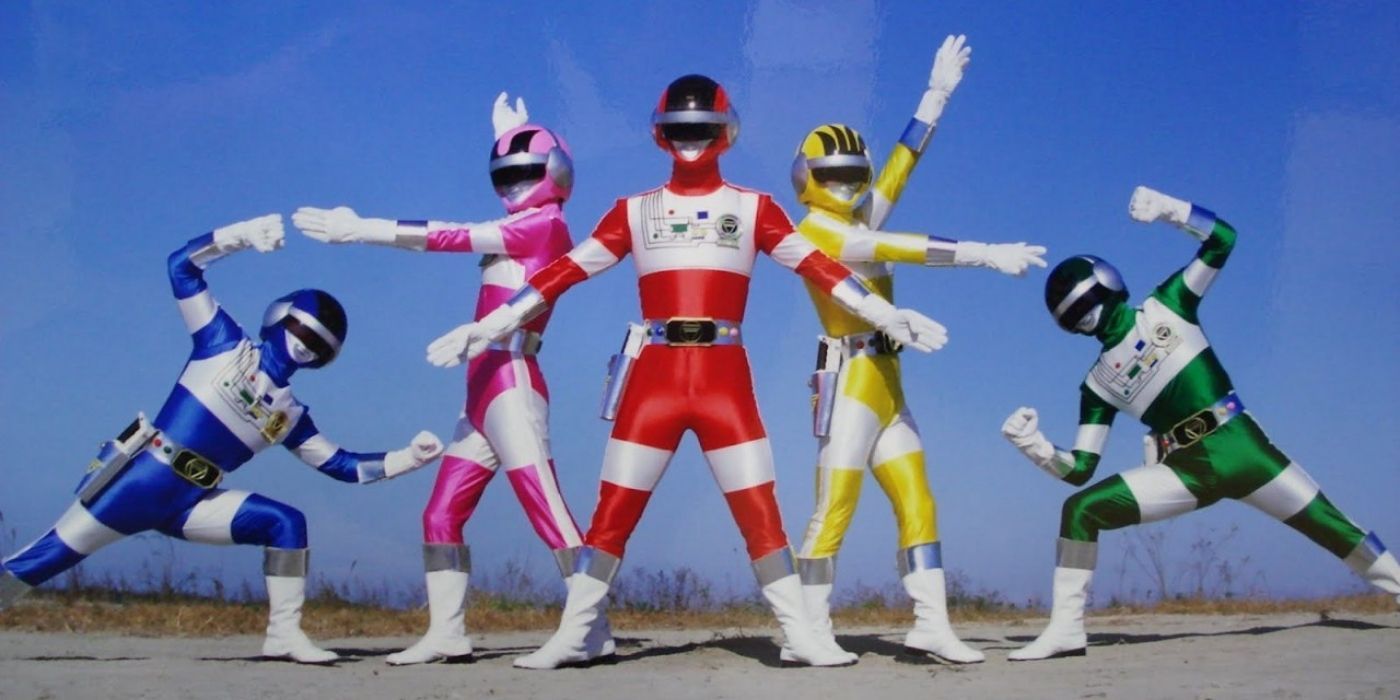
Choudenshi Bioman incorporated more dramatic character elements than most previous series and was the first Super Sentai to feature two female rangers. Curiously, it was translated into English not for a US market, but in order to gain traction in the Philippines.
38/46 Dengeki Sentai Changeman (1985-1986)
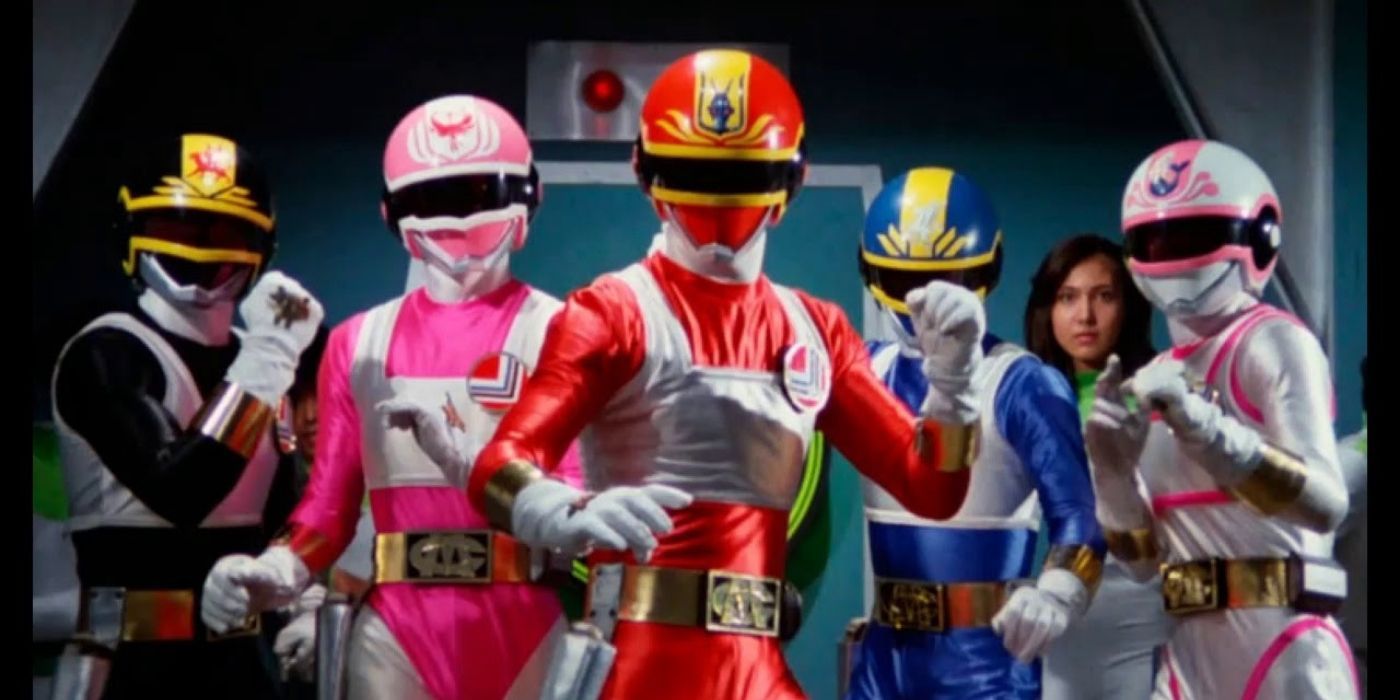
The second-longest Super Sentai series,Dengeki Sentai Changemanreached 55 episodes and showcased rangers inspired by mythical animals from European folklore. One of these, Change Mermaid, was the first female ranger to wear white.
37/46 Choushinsei Flashman (1986-1987)
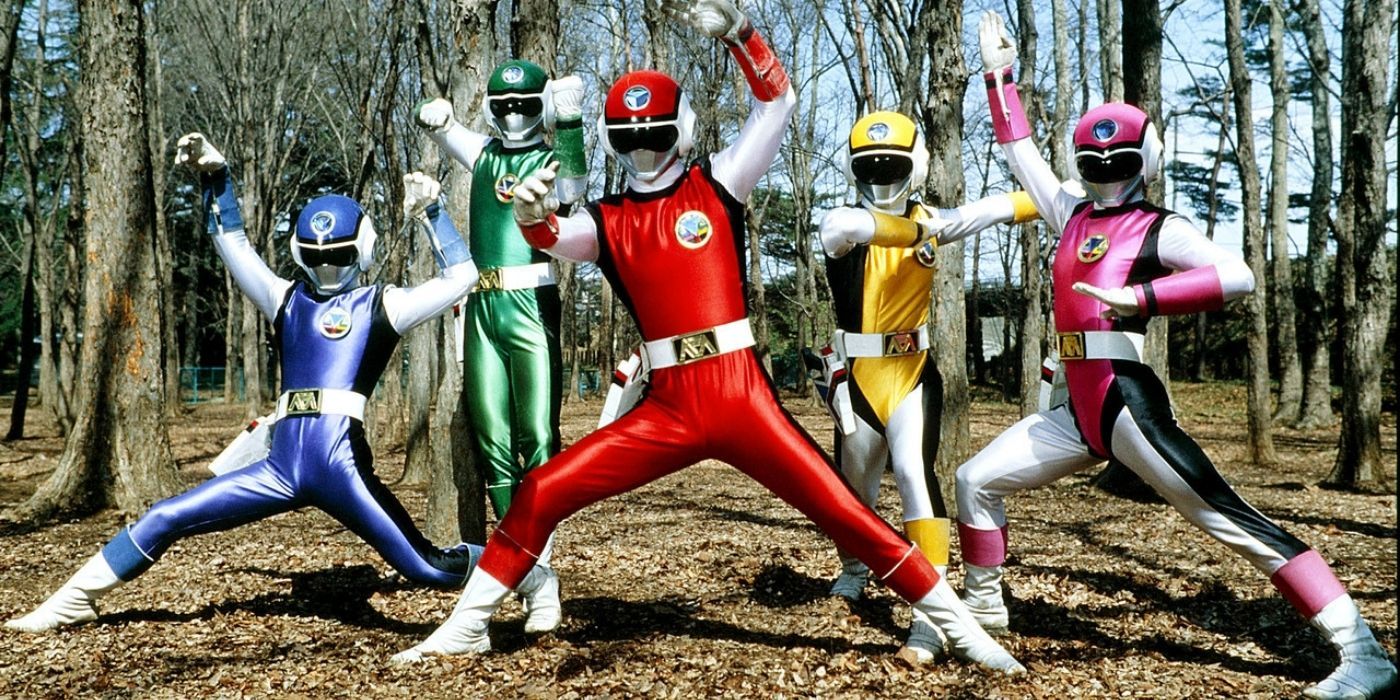
Choushinsei Flashman was the tenth official Super Sentai series. While other shows sometimes showcased characters descended from aliens,Flashman's cast were human beings who didn't grow up on Earth.
36/46 Hikari Sentai Maskman (1987-1988)
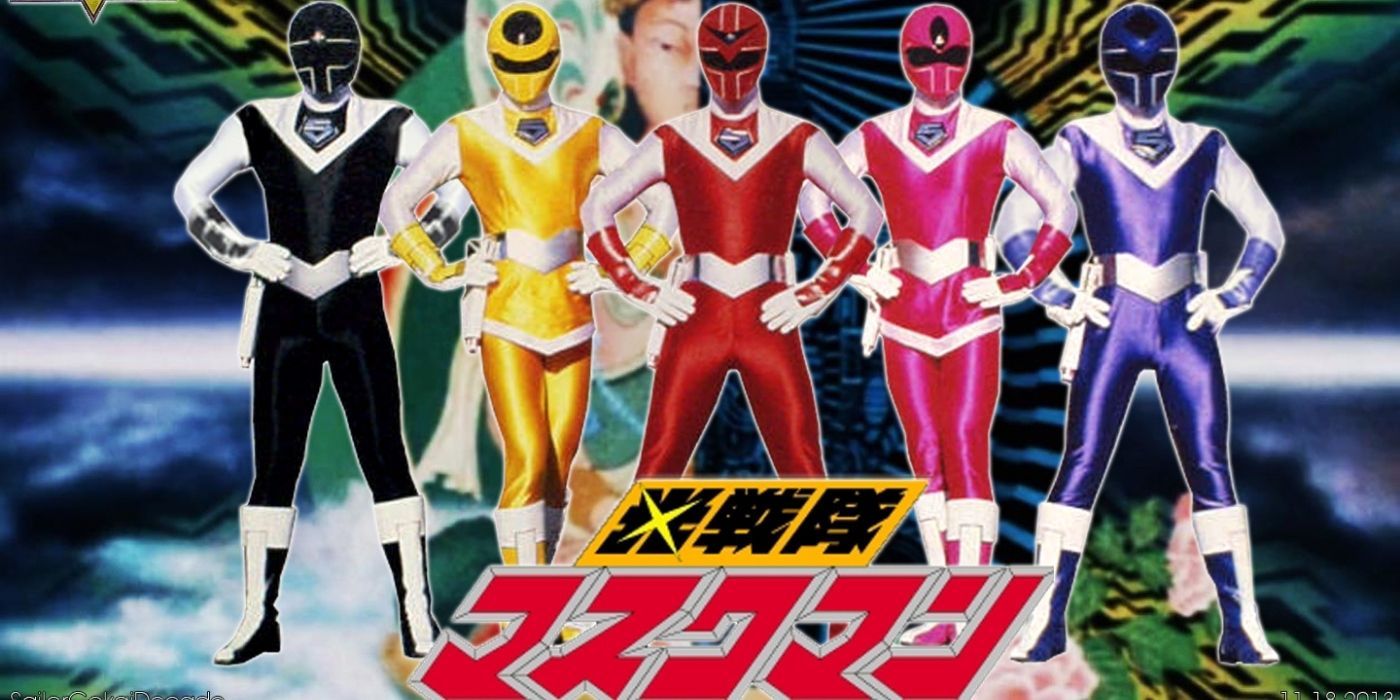
Hikari Sentai Maskman proved popular both in Japan and abroad and found success in Korea, Brazil, the Philippines, and France. InMaskman, each team member had his or her own mecha, and this became par for the course thereafter.
35/46 Choujuu Sentai Liveman (1988-1989)
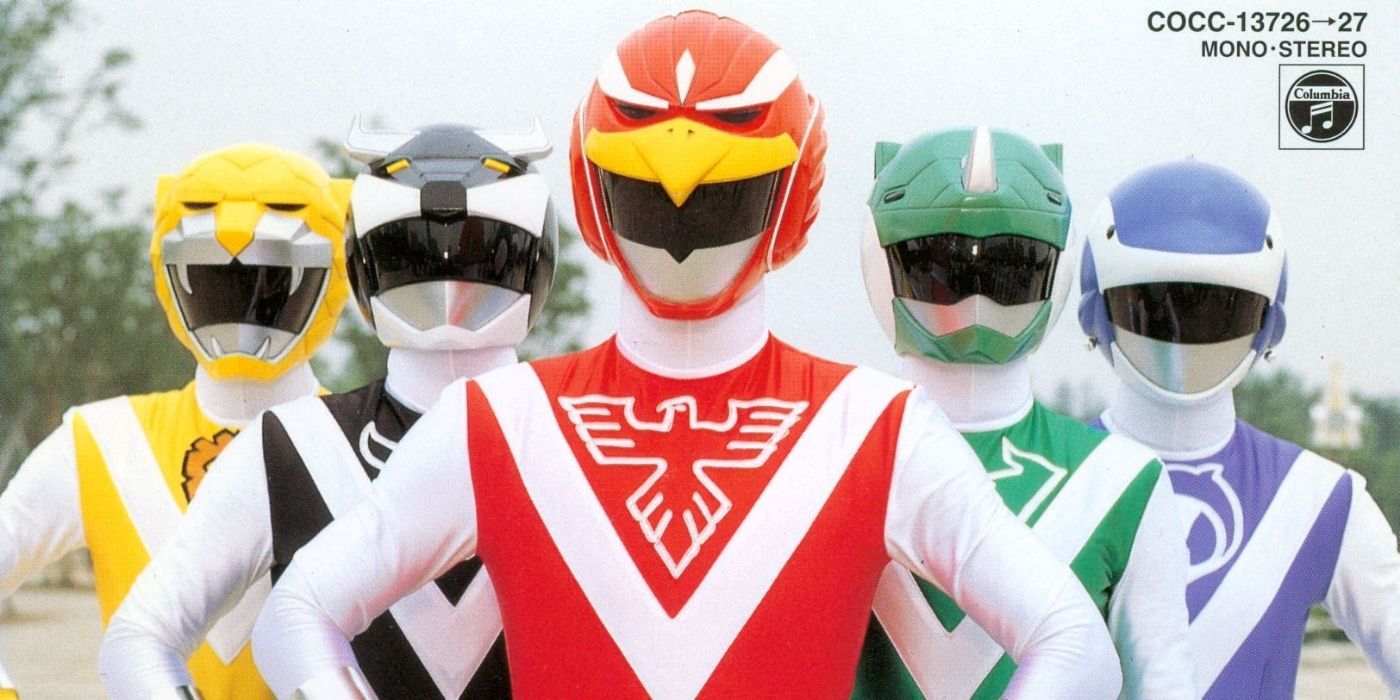
Choujuu Sentai Livemanincluded a blue female ranger and animal-themed mechas, although the mechas were not yet animal-shaped. It was the last Super Sentai produced during Japan's Showa period, which officially ended in 1989.
34/46 Kousoku Sentai Turboranger (1989-1990)
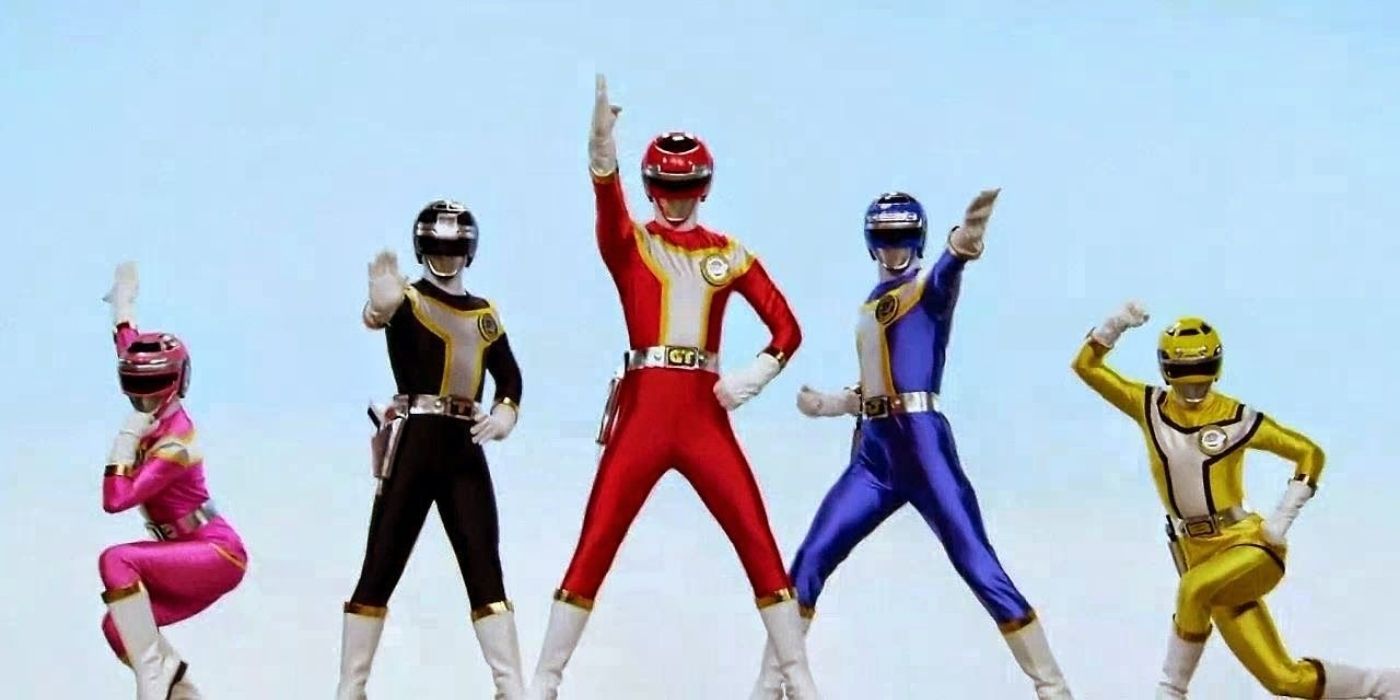
Kousoku Sentai Turboranger proved slightly less successful than its predecessor, due perhaps in part to featuring rangers powered by fairy magic.
Every ranger was a high schooler, suggesting the franchise was starting to lean toward a younger demographic.
33/46 Chikyu Sentai Fiveman (1990-1991)
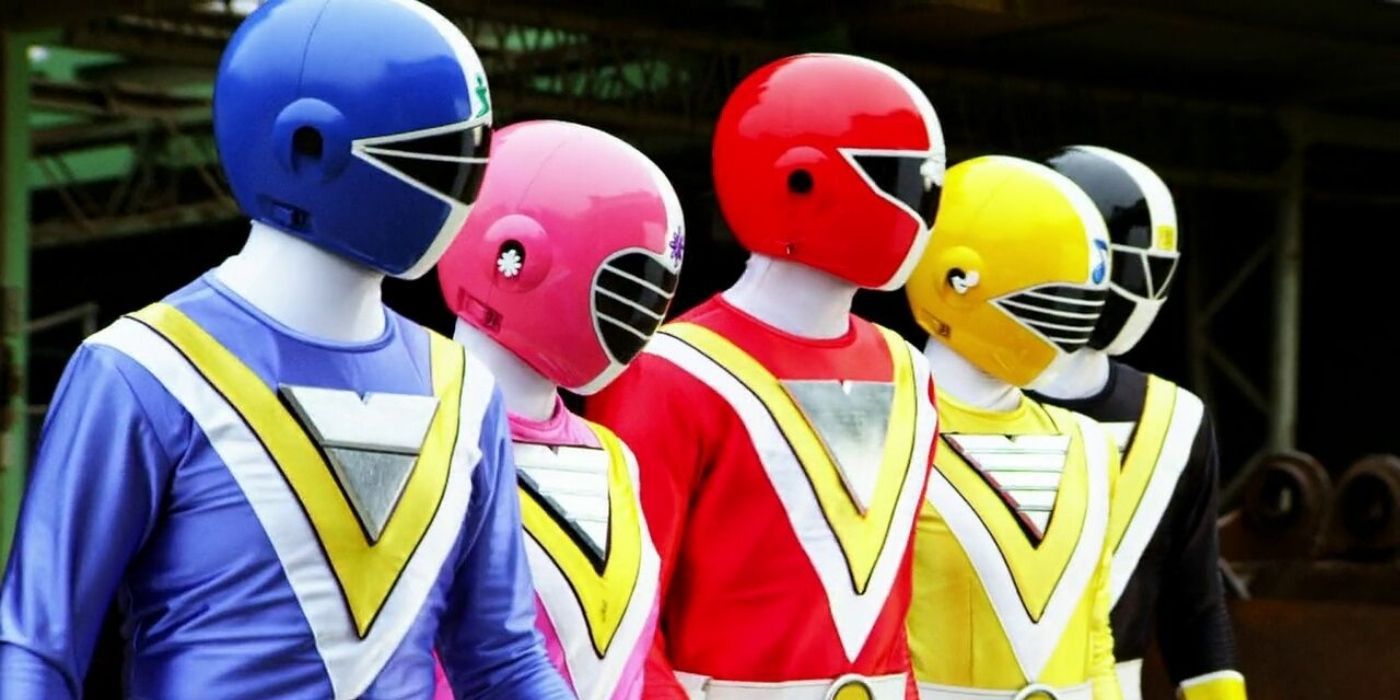
The rangers inChikyu Sentai Fiveman were actually all siblings who by day worked as teachers at the same school. Originally, this was supposed to be the penultimate Super Sentai series, and it fared poorly in both ratings and toy sales.
32/46 Choujin Sentai Jetman (1991-1992)

Inspired byGatchamanand the last Super Sentai series to grace screens before the franchise was reborn abroad as Power Rangers, Choujin Sentai Jetman marked the end of an era.
The series was considered too dark to adapt, in part because one of the core rangers died. A ranger death hasn't happened in anySuper Sentai show since.
31/46 Kyoryu Sentai Zyuranger (Mighty Morphin Power Rangers Season 1) (1992-1993)
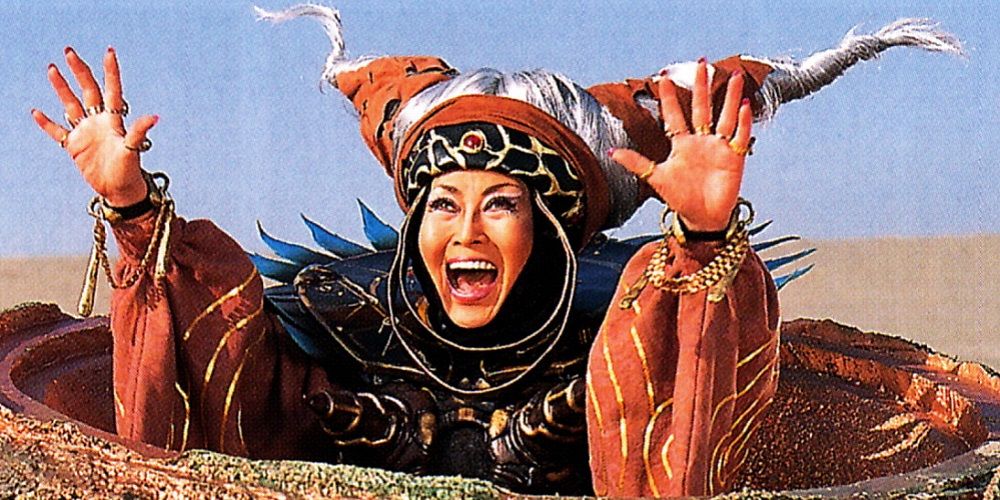
Kyōryū Sentai Zyurangerwas the first property whose footage was used to create a Mighty Morphin Power Rangers series abroad. Beyond this, the show was remarkable in many ways.
It featured a prehistoric animal motif, a villainess that hasn't been forgotten, and fantasy rather than science fiction elements.
30/46 Gosei Sentai Dairanger (Mighty Morphin Power Rangers Season 2) (1993-1994)
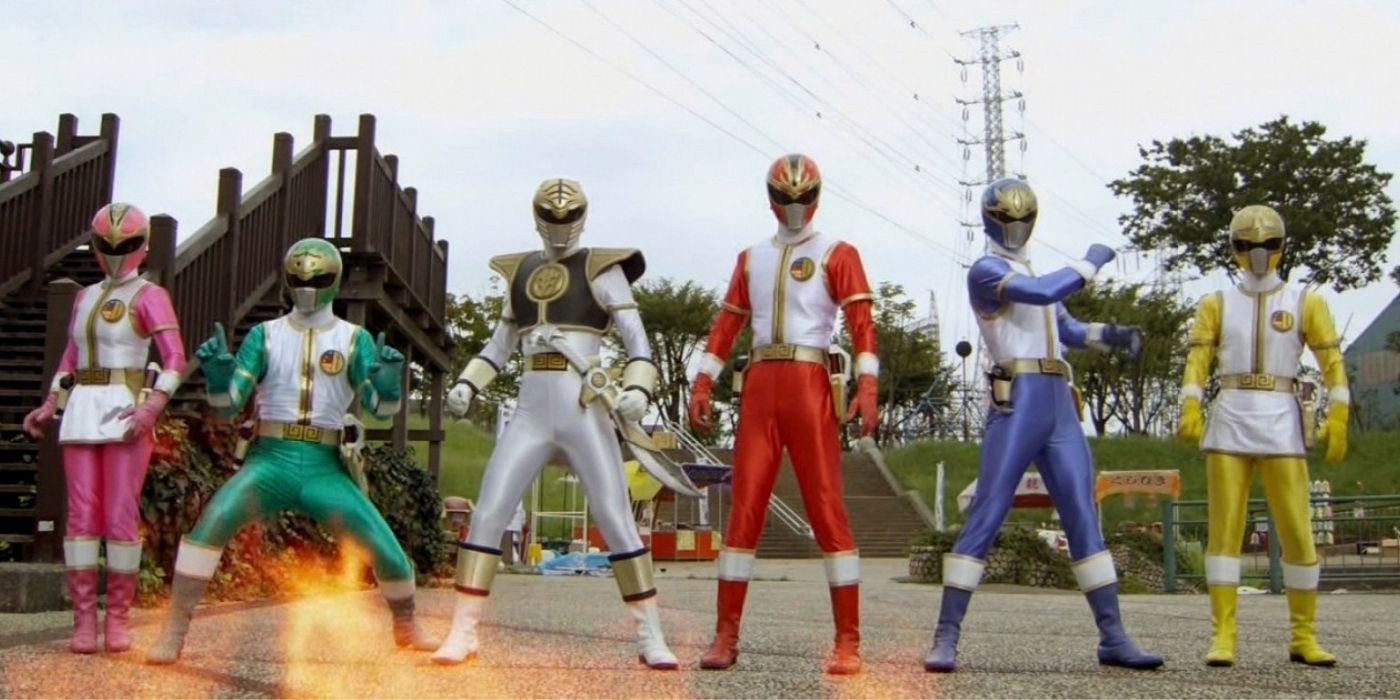
Gosei Sentai Dairanger proved a bumpy ride when it came to adapting the material for Power Rangers. The Dairangers themselves weren't part of the Mighty Morphin Power Rangers adaptation, but the monsters they battled sometimes were. Because of this, any adapted fight scenes had to be cropped to exclude the unfamiliar ranger suits, and the result often felt makeshift.
29/46 Ninja Sentai Kakuranger (Mighty Morphin Power Rangers Season 3) (1994-1995)
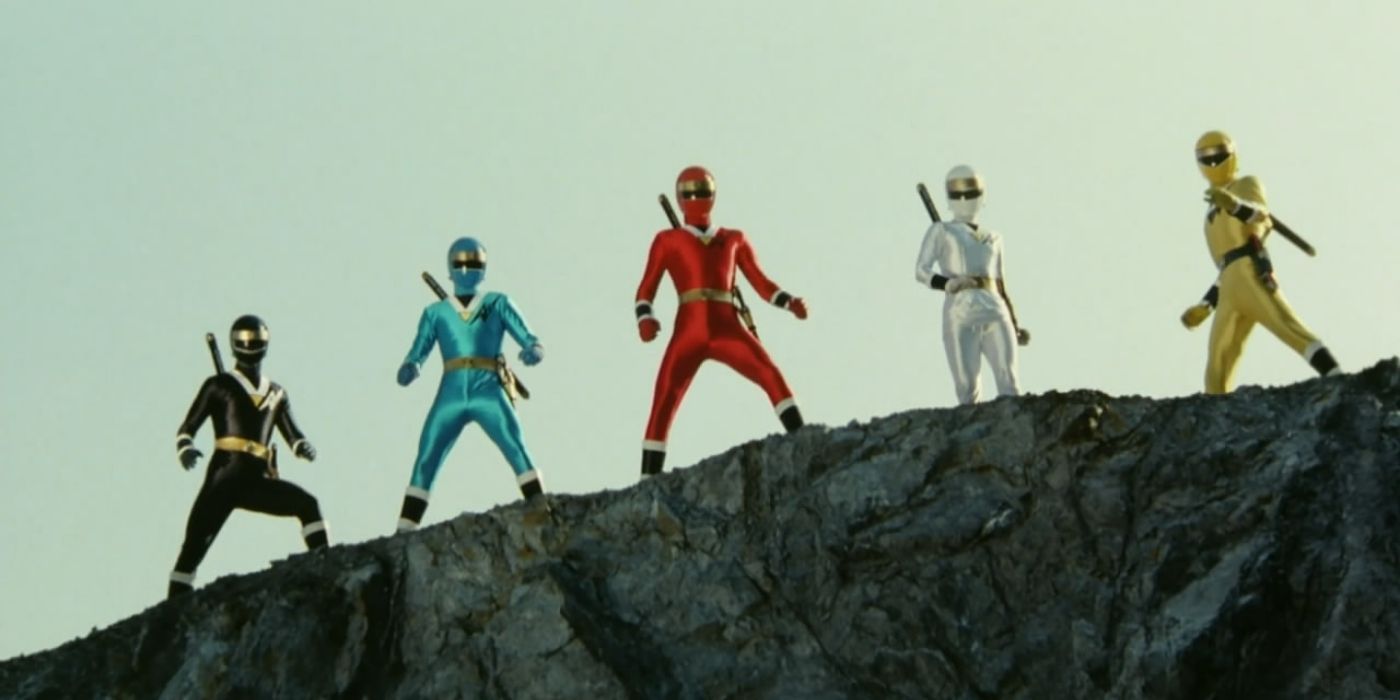
Ninja Sentai Kakuranger brought the franchise back to more traditional Japanese themes, with a story about ninja rangers fighting yokai. This move was intentional, as the series prior,Dairanger, had featured traditional Chinese themes.
28/46 Chouriki Sentai Ohranger (Power Rangers Zeo) (1995-1996)
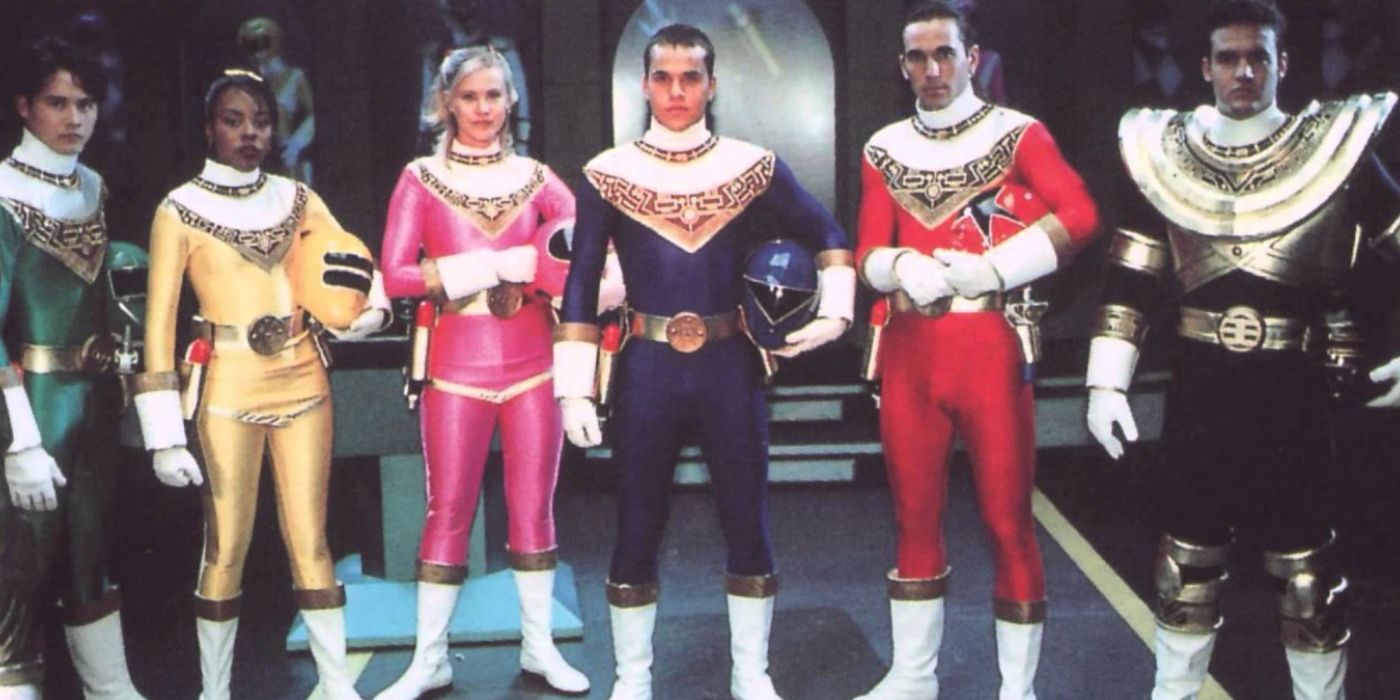
Chouriki Sentai Ohranger, likeDai Sentai Goggle-V, showcased a storyline inspired by ancient civilizations and Pangaea especially.
ItsPower Rangerscounterpart,Power Rangers Zeo, had little in common with the plot ofOhranger and instead served as an offshoot sequel toMighty Morphin Power Rangers.
27/46 Gekisou Sentai Carranger (Power Rangers Turbo) (1996-1997)
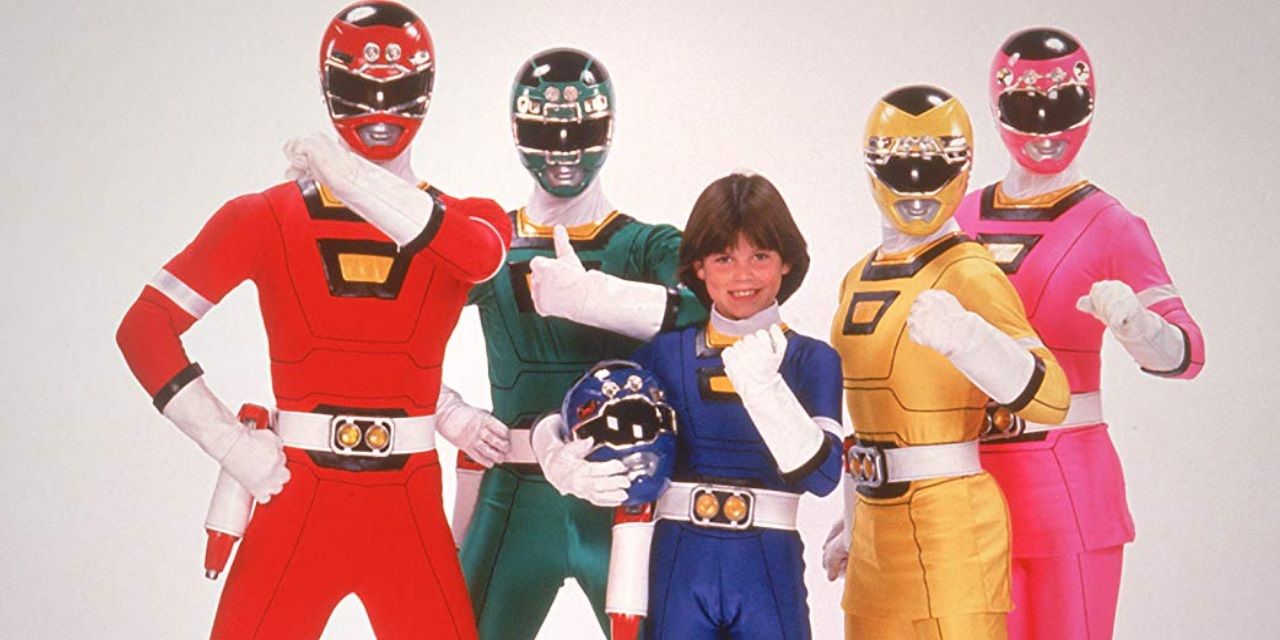
The only Super Sentai show to serve as a parody of other Super Sentai series,Gekisou Sentai Carrangerwas once believed to have saved Super Sentai from cancellation. In the years since, this has been refuted andCarranger didn't sell as much merchandise as its predecessor.
williamsblennoreculd.blogspot.com
Source: https://www.cbr.com/super-sentai-power-rangers-series-chronological/
0 Response to "Continuation From the Movie of the Power Rangers Season 1 Ninga Kids"
Post a Comment